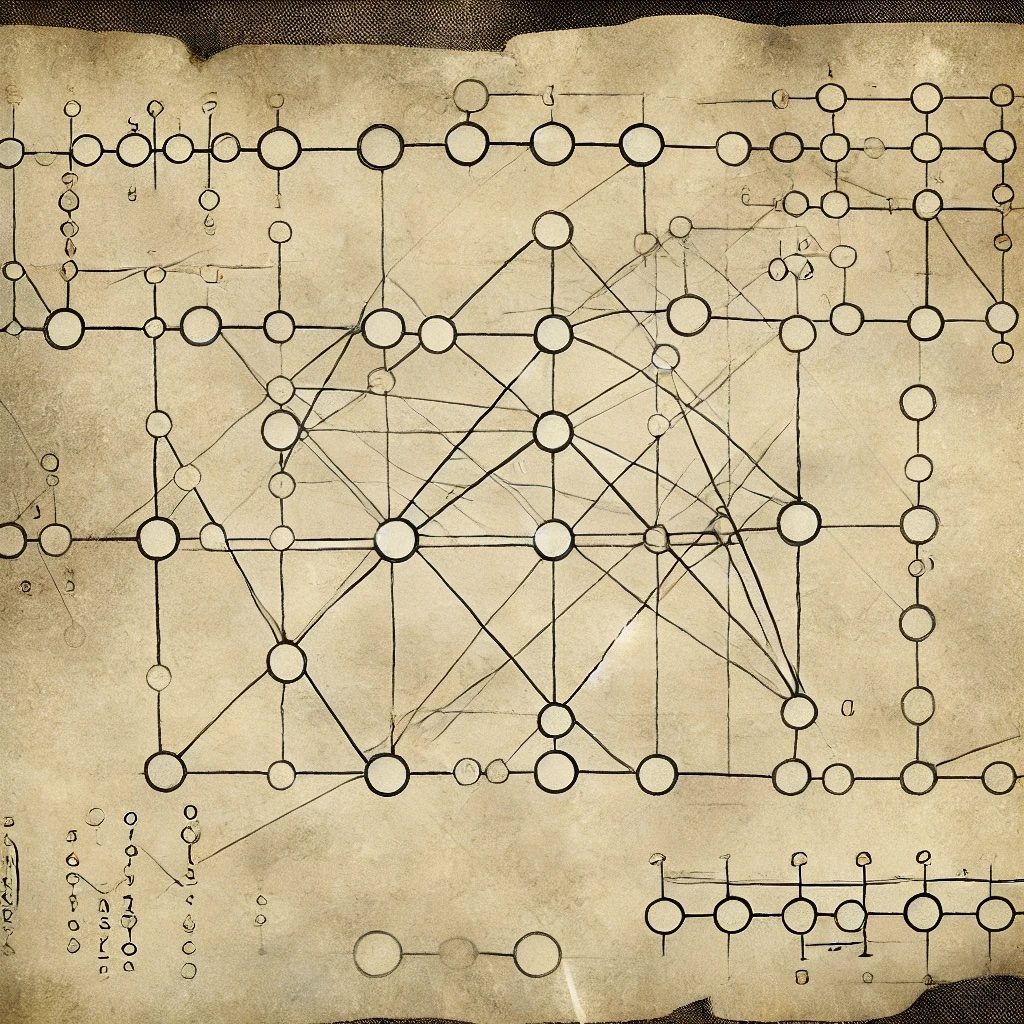One solution to the problem of testing by betting—composite vs composite.
In sequential hypothesis testing, suppose we are testing a composite null. Universal inference is one way to construct e-values and e-processes in this setting. It was introduced by Wasserman, Ramdas, and Balakrishnan (2020).
Let be a stream of observations. We are testing the composite null vs a composite null (though of course this could be a simple null).
Split UI
Consider the fixed-time setting, where we have observations . The most basic UI procedure is split UI. The general split UI procedure is the following:
- split data into , .
- pick some using .
- Compute using .
The UI e-value is
If the MLE is well-defined, then the denominator is the MLE. Since we’re taking the supremum, it’s easy to see that
where we use that is independent of due to the data-splitting.
Note that no regularity conditions were required. This approach can be applied to irregular problems in hypothesis testing, which many traditional methods struggle with. This is why the method is considered universal.
is an e-value for any distribution . But the choice of matters for the power of the test. As in testing by betting—simple vs composite, can be chosen via the method of mixtures or the plug-in method.
The randomness can be minimized by doing this over several splits of the data, not just one.
UI e-process
The above e-value doesn’t immediately lend itself to sequentialization. Here’s how to construct an e-process using similar ideas.
Let be any distribution chosen using the first observations. Consider
where is the MLE based on . This is an e-process under , which can be seen by upper bounding using the MLE in the denominator. This is the plug-in-method. We can also consider a mixture method, where we integrate the alternative densities over some distribution. Similar ideas occur in testing by betting—composite vs composite and also when constructing confidence sequences: confidence sequences via conjugate mixtures (mixture method) and confidence sequences via predictable plug-ins (plug-in method).
Tartatovsky actually wrote down this e-process in his 2014 book, Sequential Analysis.
